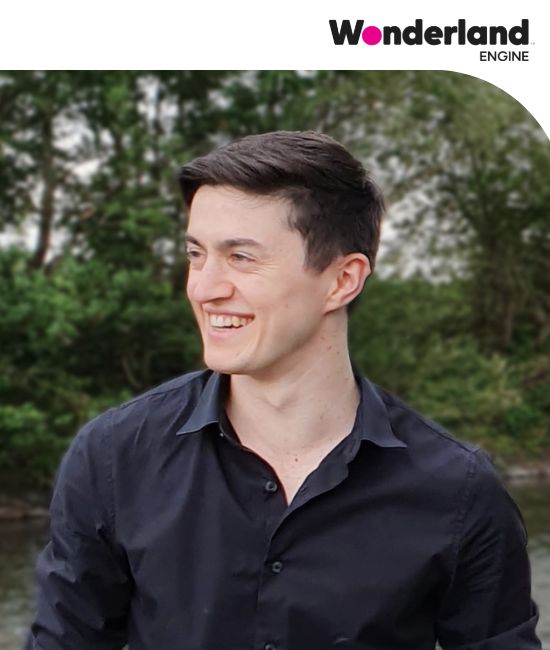10:05 - 10:30
Description
WebXR offers advantages over native. What if we could just put a native Meta Quest 2 game on the web and gain those advantages? It would not perform well--or would it? Come visit our talk to answer all these questions and many more. WebXR is ready. We will show you.
Speakers


Related Sessions
10:35 - 11:00
Description
Easy to build, fun to use: join the session to get to know Dual Render Fusion – the latest feature of Snapdragon Spaces™ XR Developer platform. Created for mobile and XR developers, the feature makes it easier than ever to build and port existing mobile apps into headworn AR.
Speakers

11:05 - 11:30
Description
From her background as a product designer, Tamiko Thiel brings a focus on user experience, bodily engagement, spatiality and social content into her VR artworks (since 1994) and AR artworks (since 2010). In this brief overview of a diverse cross section of her works, she will talk about the key considerations that drove her explorations of the unique possibilities of XR, and the aesthetic and experiential development of her artworks.
Speakers

13:00 - 13:25
Description
The Open Geospatial Consortium (OGC) is an international Standards Development Organization focusing on development of community and consensus-based standards for geospatial data and services since 1994. Over decades, the OGC members and community have been developing standards to describe the many dimensions of the “real world” on Earth (and in space). Since 2012, many OGC standards working groups have focused on Augmented Reality use cases. In this session, we will introduce the specifications produced by two OGC working groups that will enable developers to reduce their engineering effort and increase interoperability of location-based AR experiences. The speakers will present projects developed using the GeoPose implementation standard and the draft Points of Interest data model.
Speakers



13:30 - 13:55
Description
How AI powered tools making design accessible for freelancers and small studios? During this session we gonna discuss the implications of democratizing design through AI, the state we are currently in (case study) and the opportunities it presents for the next generation of creators. AI is here to help the workflow but also challenge traditional conceptions of design and creativity. Timelines gets shorter and shorter but exceptions from AR greater and greater.
Speakers

